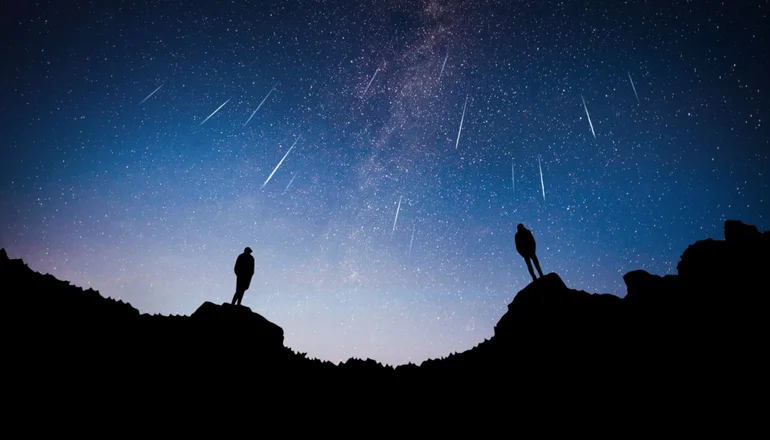What it is and why it occurs: everything you need to know to enjoy this unique phenomenon. Also, when is the best time to enjoy it.
This February 2021 the sky continues to offer us shocking and surprising astronomical events. One of them will be the Alpha Centaurid meteor shower.
Although between January 28 and 21 of this month the firmament will be the privileged scene of Centaurid meteor showers, “the moment” will be between 9:00 p.m. (Argentina time; 18 in Mexico; 19 in Colombia and Miami) Sunday 7 and the early morning of February 8: then it will be when there is a greater activity with an approximate rate of 5 meteors per hour.
What is an Alpha Centaurid shower?
In reality, meteor showers are fragments of ice and dust that were released from comets as they passed through Earth’s orbit around the Sun.
When the cloud of fragments is passed through the Earth, they enter the atmosphere at several kilometers per second, causing them to ignite and release light.
Alpha Centaurids are usually not very intense, so to be able to observe them it is necessary that the sky, in addition to being clear, is as dark as possible. The ideal thing to see them is to find ourselves in a place free of light pollution.
What’s coming
February 11-12: Approach between Venus and Jupiter
Venus and Jupiter will get very close in the morning sky between February 11-12. Although they are the third and fourth brightest celestial bodies on the horizon (after the Sun and the Moon), their encounter will be more difficult to observe with the naked eye in the northern hemisphere, while in the south they will be more easily seen.
This is what the alignment between Venus and Jupiter will look like, one of the unmissable events of the month, between February 11 and 12.
The Snow Moon will be the astronomical phenomenon that closes the month. This full moon is so named because it occurs during the peak of the cold and snowy season in the Northern Hemisphere.

